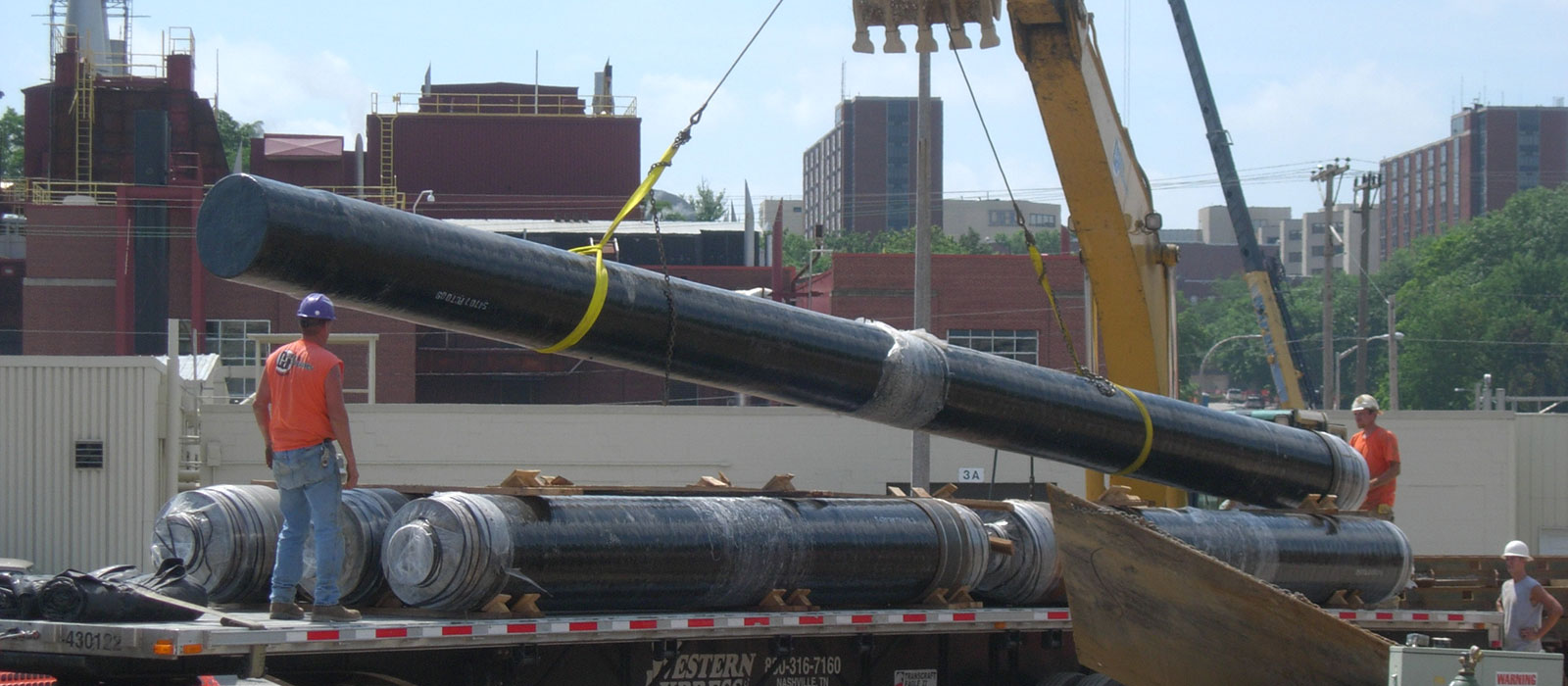Higher education campuses and industrial facilities often waste tremendous amounts of energy through their thermal distribution systems. Deteriorated utility tunnels, damaged pipe insulation, leaking expansion joints, failing pipe anchors and water infiltration are all major contributors to energy waste and significant utility inefficiency. When thermal distribution systems are not performing optimally and the deferred maintenance backlog continues to increase, repairs and upgrades become even more costly.
An assessment of the current thermal distribution system will provide recommendations for prioritizing future system improvements to optimize efficiency and alternative energy integration. The assessment will focus on prioritizing future capital to decrease operating and maintenance costs, including energy, maintenance and repair expenses. This assessment may include a review of the following issues:
- Corrosion of pipe wall
- Age, deterioration, leakage and damage
- Remaining useful life
- Insulation condition
- Stress compensation and code compliance
- Reparability
- Functionality and reliability
A thorough condition and planning assessment can have your thermal distribution system repairs on the fast track to returning to peak utility system performance, improved energy efficiency, maintain reliability and decrease life-cycle costs with minimal disruption.
Stay in Touch for Monthly Shive-Hattery Industry Insights
We're Learning, Growing + Sharing
Stay on top of the latest industry trends as we share how we are staying ahead of them.

Engineering for the Public Good — And Making It Work
Government

Designing Confidence

Lisa Schettler Receives IIDA Icon Award for Leadership in Interior Design



